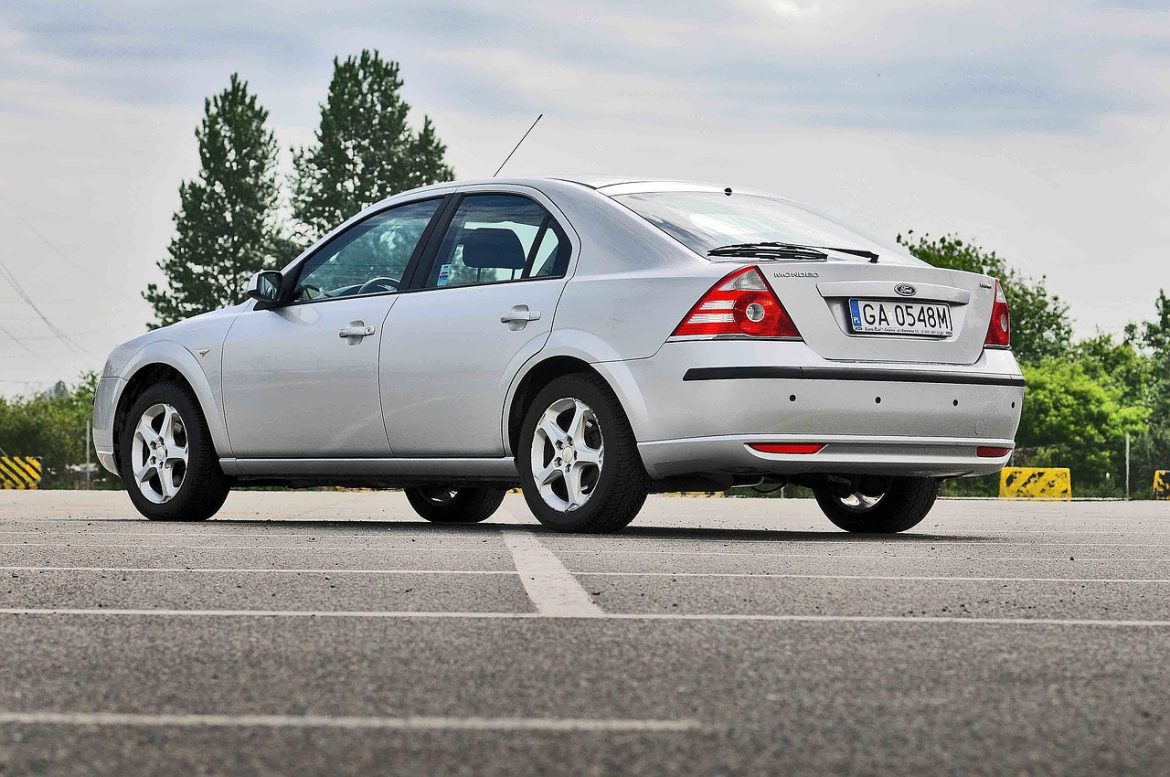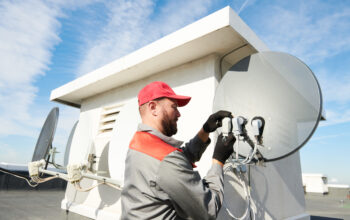Purchasing a used car has become a more viable option over the years. The service has come with improved reliability, improvement in insurance write-offs and a good look at its MOT history.
However, there are still some risks in buying a second-hand car, whether you purchase it from an independent trader or privately. That’s why you need to be cautious while looking to get a used vehicle.
If you are based in Northampton, we recommend going to a reliable servicing garage like In Town Automotive and taking an MOT test. This ensures that you can drive the car around legally without any issues.
Next, you should look at our used car checklist and ensure you get the best deal for the vehicle. With our list and by using some common sense, you can buy any used car with confidence.
Let’s take a look at the checklist!
1. Exhaust Smoke Colour
The first thing you should do after taking a good look at the car is turn on the engine. After that, go to the back of the car and look at the exhaust. If you notice something odd with the smoke while starting an engine, it’s usually nothing too alarming.
However, if the problem persists after a few minutes, it’s a sign that there’s something wrong with the used car. If you notice blue smoke, this means that the engine is burning oil. Excessive white smoke could indicate a problem with the gasket.
Likewise, if you notice black smoke, the engine is using too much fuel. In such cases, you may want to avoid buying the car. Though, if you’re keen on purchasing this car, you should consult an expert at a garage.
2. Check the Gearbox and Clutch
While checking the gearbox and clutch, you should test them out instead of taking a look at them. Gearboxes come in two different categories, manual and automatic, and each of them behaves differently.
Regardless of the gearbox, it should be able to shift to different gears smoothly and quietly. If you fail to change gears, there might be some issues with the car. Any resistance and grinding sound also indicate a problem.
While testing an automatic gearbox, make sure you engage all gears, and check that the car changes gears during acceleration. If the vehicle works manually, try to ensure the gears work correctly.
3. Check The Wheels and Tyres
Before purchasing a second-hand car, make sure it has a decent set of tyres. If it doesn’t, you can negotiate for a lower price because getting new rubber can be costly.
Look for signs of damage on all four wheels to ensure there’s nothing wrong with them. Small grazes are common and aren’t a severe problem. However, if the wheels have large dents or are bent, you will need to repair or replace them.
Additionally, conduct a proper check on the tyre tread. They need to be at least 1.6mm deep around the tyres. If they’re worn out, it can cause poor wheel alignment, causing you to have less control over the car while driving.
4. Look at The Electronics
Today, cars are loaded with electronics and could easily have some issues. The lights are your car’s most crucial electronic part, so check if they function appropriately.
Fogged lights or uneven beams are clear signs of a problem while having a dim light means you will need to replace it soon. After the light check, you should check the radio, windows, air conditioning and other electronic devices.
If they don’t work well, you will need to repair them, and you should ask for a lower price for the vehicle.
5. Take a Test Drive
After you’re done with the visual checks, it’s time for you to take a test. While it may seem obvious, you should always do this before purchasing a second-hand car.
A good dealer will always be willing to accompany you on a drive. It makes it easier for you to learn about the pros and cons of the vehicle. Ride the vehicle at different speeds, and keep an ear out for any out-of-the-ordinary sound.
Make proper use of the brakes and clutch to see if they respond well and are in working condition. If there are no issues during the test drive, it’s a green light for you to purchase the vehicle.
To Sum Up
Taking a good look at a second-hand car before purchasing should be at the top of the priority list. It can save you from any possible troubles in the future and could save you a lot of money.
If there are any repairs that need to be done, talk with your dealer or go to a nearby garage to do them. It ensures you don’t have to worry about anything while driving your second-hand car for the first time!



